If you’re hanging out here in The Mag Life blog, you know what a Glock is. Very few 2nd Amendment supporters in the United States would mistake a Glock for any other pistol. Hollywood loves the gun. LEOs respect it. Glocks even have a dedicated, perhaps undeservedly small, cadre of military contracts. There’s a good reason why the Glock is so ubiquitous: Glocks work.
A Bit of Context
It all began, way back in 1979, with what we now know as the Glock 17. Say what you will—and a lot has been said—about its plastic frame. The Glock 17 was a pioneer of the much-derided “Tupperware” guns and one of the earliest widely-used Glock 9mm pistols. When Gaston Glock began working on his vision, steel-framed 1911s and revolvers were still regularly issued. The Glock was seen by many as a bad idea. Calling a gun “plastic” was not a compliment.

Glock’s success wasn’t instantaneous.
As the US military decided to ditch the 1911, Glock was proving itself in Europe. The company was invited to submit guns for the Joint Service Small Arms Program XM9 Personal Defense Pistol Trials but declined. Glock would have had to make modifications to the G17 in order to submit it and tooling up for the production of test guns was more than the new company wanted to tackle. They passed and the rest is a chapter in Beretta’s history.
Beretta breathed a heavy sigh of relief, I’m sure. Looking back, it seems like one of the worst business decisions ever. Still, Glock secured departmental and military contracts around the world and unseated every other brand.
In 1986, the G17 came to America.
Glock’s upended some notable American gun companies and all of them, try as they might, are still trying to catch up to Glock.
What makes the Glock 17 so Different?
Let’s start with the obvious distinctions from the other guns of the era (and many of the guns available today). And it’s worth mentioning here that many of these details are true of multiple Glock pistols—not just the G17.
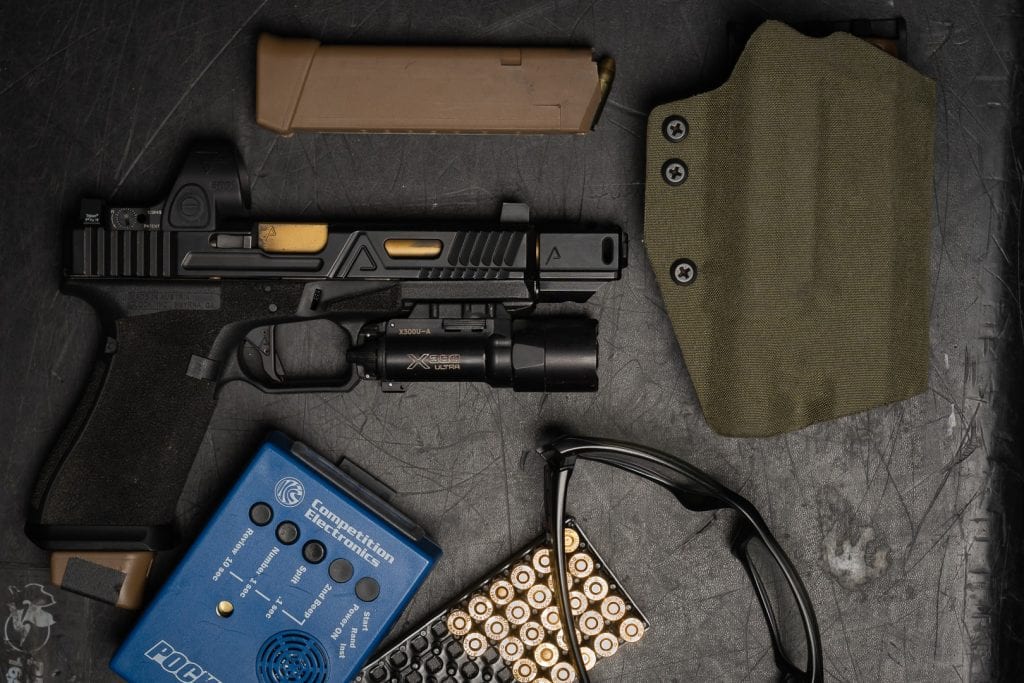
The G17 is a full-sized pistol. Even so, it is lighter because the frame is made of polymer. Plastic. While many predicted that plastic would melt, or crack, or deform, it didn’t. The plastic that set Glock apart in the beginning is now the industry standard. Glock calls this Polymer 2. They apparently got it right on the second try.
As a full-sized gun, the Glock 17 is easy to control.
Over the years, as Glock has modified the grip textures on various generational iterations of the gun, this has only gotten better. The grip is robust enough to hold but still smaller than that of a 1911. And there’s enough weight on the slide to help mitigate muzzle-flip.

Magazines
Inside the grip, the double-stack magazine offers good capacity. 17 round mags are standard. The magazines themselves are steel, coated in plastic, and they never die. Ok, they rarely die. I’ve even picked up a magazine that had sat in a field for an unknown length of time, cleaned it up, and it still runs like a champ.

Because there are so many Glock 17s in the wild, the aftermarket for mags is extensive. Most of these are plastic and not steel-lined, but they still work.
Find Glock Mags at the Warehouse
Glock Factory mags: https://gunmagwarehouse.com/brands/glock
KCI: https://gunmagwarehouse.com/brands/korean
ETS: https://gunmagwarehouse.com/brands/elite-tactical-systems
Tyrant Designs: https://gunmagwarehouse.com/brands/tyrantdesigns
Magpul: https://gunmagwarehouse.com/brands/magpul
SGM: https://gunmagwarehouse.com/brands/sgm-tactical
Promag: https://gunmagwarehouse.com/brands/promag
Glock makes 17, 19, 24, 31, and 33 round mags. Want more than 33? Try one of these 40-round mags.
Wait, there’s more! You can even find Glock mags with a 50-round capacity.

You can even get Rugers and Kel-Tec guns that run on Glock 17 mags. You know you’re doing something right when your competition stops fighting and begins making guns that use your magazines.

The import brands offer more variety and, in some cases, exceptional value. My personal experience is that the true reliability of plastic Glock mag clones diminishes as capacity increases. While the long extendos and drums are great for range-time and plinking, I’m still picky about what I’ll put in my Glock for EDC.
The Glock Safety
As far as safety features go, the G17 sparked controversy with its elimination of the manual slide mounted safety. There is a trigger bar in the trigger shoe that has to be depressed in order to drop the trigger.
Glock has long argued that its striker-fired action is safe. When there’s a round in the chamber, the gun is always functionally at half-cock. As you pull the trigger, the sticker cocks momentarily before it is released. Glock refers to this preset trigger mechanism as its “Safe Action.”
Inside the gun, there are two distinct safeties: a firing pin safety and a drop safety.
The firing pin safety sits in the firing pin’s channel. As the trigger is pulled, this pin moves up, clearing the way for the firing pin. The drop safety, too, shifts the internals out of alignment if the gun is dropped. When you pull the trigger, it is deactivated.
Other Glock signature distinctions
The sights on most standard Glock models are plastic.
People bitch about them, but they work. They sit up on an easily recognizable square-edged slide.

This design has become a trademark of the brand and is standard to all of the models. The flat top is beneficial in daylight, as it catches a glare and serves as an almost unconscious aiming device in the run up to sight picture acquisition. And the additional surface area on a Glock slide makes it easy to rack.
Underneath the hood is another hotly debated topic.
Glock uses polygonal rifling in most of their hammer forged, right-hand twist barrels. This isn’t the traditional lands and grooves common to most barrels. Instead, there are wider flats with no raised lands.
Does this increase longevity of the barrel? Maybe it is there to enhance accuracy? The jury is still out on both.
I could make an argument for increased barrel life, but I’d only be backing it with anecdotal evidence. Die-hard Glock fans argue that the polygonal rifling seals better, allowing more gas expansion behind the bullet. While that may be true, the difference is marginal.
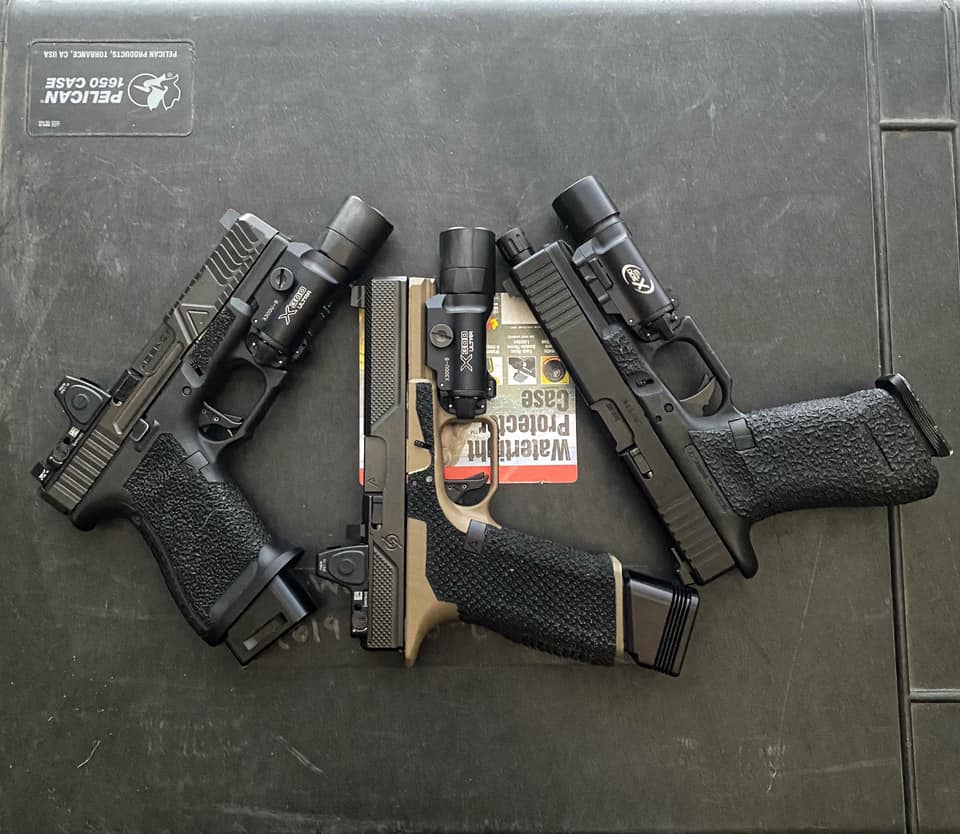
Glock nomenclature—what’s with the numbers?
Up to this point, I’ve been waxing poetic about one gun, the gun that started it all for Glock. But there are a slew of other (often confusing) numbers associated with the brand. You’d like to think that the Glock 40 is a .40 S&W. It isn’t. The G40 is a 10mm. Likewise, the G45 is not a .45 ACP. The numbers just indicate the order in which the guns launch.
Most gun companies tend to make the same model in three different sizes: full-sized, compact, and sub-compact. For Glock, this means a full-sized double-stack 9mm exists in three basic configurations. The G17 is the full-sized model. The G19 knocks off a bit of length on the barrel and the frame and the grip. The G19 is the compact model. And the G26 cuts the gun down even more for a sub-compact version.
Glock 17
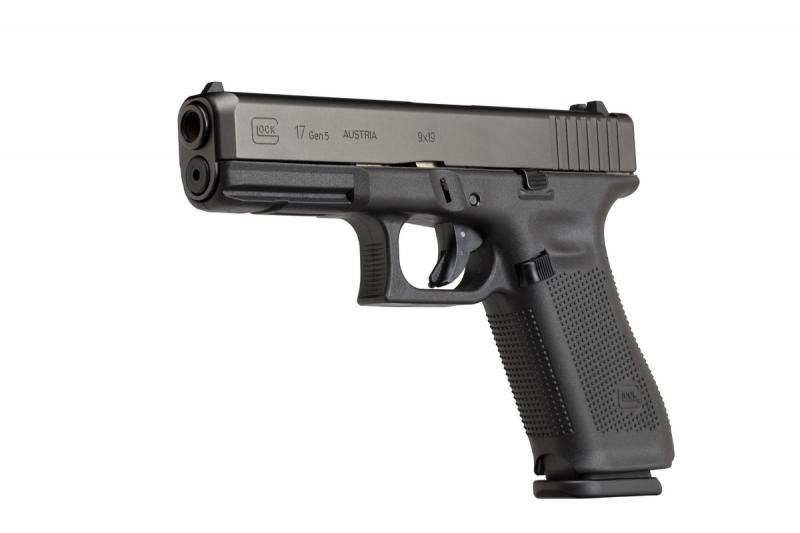
- Caliber 9x19mm
- Mag capacity: 17 (or 19, 24, 31, 33)
- Barrel length: 4.49 inches
- Weight 22.05 oz/32.28 oz
- TP: 28N
- OAL 8.03
- Slide Length 7.32
- Width 1.26
- Slide width 1.26
- Height 5.47
- Sight radius 6.5 (roughly depending on sight material)
- Trigger distance 2.83
- MOS available.
- G17L Long Slide (8.86 inch) also available.
Glock 19
- OAL 7.36
- Slide Length 6.85
- Width 1.26 inch
- Slide width 1 inch
- Height 5.04
- Sight radius 6.02
- Trigger distance 2.8
- 9 x 19
- Mag Capacity 15, 17, 19, 24, 31, 33
- Barrel length 4.02
- Weight 21.16/30.16
- Trigger pull 28 N
Glock 26
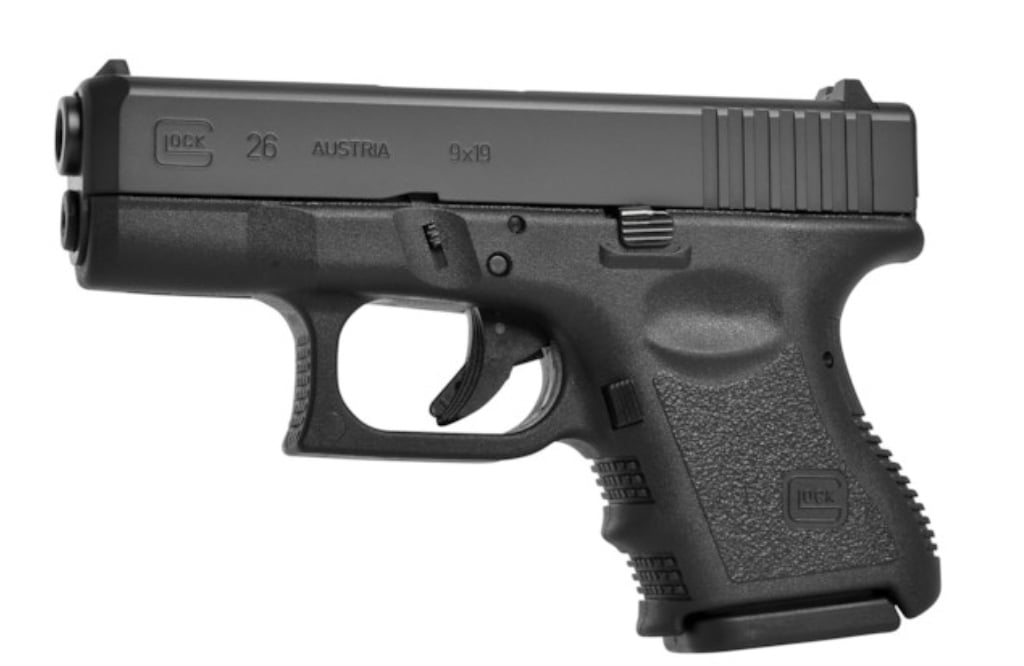
- OAL 6.50 inch
- Slide Length 6.26 inch
- Width 1.26 inch
- Slide Width 1.0 inch
- Height 4.17 inch
- Sight Radius 5.39 inch
- Trigger Distance
- 9×19
- Mag Capacity 10, 12, 15, 17, 19, 24, 31, 33
- Barrel length 3.43 inch
- Weight 21.52/25.75
- Trigger pull 28N
What’s the difference between them?
If you’re paying attention, you’ll have guessed that it is all about the size.
Glock, way more than any other company I know if, keeps everything the same. Within generations (i.e. Gen 3, Gen 4, Gen 5), the internals may get slight upgrades. But model variations all have safeties that function in the same way. Grip length will vary between models, but the textures, finishes, and widths remain constant. The manual of arms for each is exactly the same.
So for the 9x19mm chambering, it is the 17, 19, and 26. For the 40 S&W chambering it is the G22, G23, and 27. I’ve picked these two chamberings specifically because the only practical difference in the models is the chambering. A Glock 19 will fit perfectly in a Glock 23 holster. They feel the same in the hand—at least until you pull the trigger and feel a bit more snap from the .40.
What are the real differences?
But let’s go back to the question we began with. What are the practical differences between the G17 and G19 and the G26?
Slide Length, Grip, Concealability
The slide on a Glock 17 is 7.32”. The slide on a G19 is 6.85”. The G26 is 6.26”. Are we splitting hairs here? Sometimes, I think we are. The difference between the G17 and G19 is just .47”. Less than half an inch. Get out a ruler and look at just how small .47” is.I’ve worked with the G17. I deeply respect the gun. Even though we’re talking about less than half an inch of barrel length, I am slightly slower on the draw with the G17. I prefer the G19. The G26 is not a gun I’d wear OWB. And its grip feels stubby in my big hands, and I’m not as accurate with it. The G19 offers enough grip for control, and a short barrel for easy holster clearance. For me, it remains the perfect carry gun.
The G17 is too large for easy concealment. Again, I come back to the G19. I often wear it strong-side, OWB, but I’m just as comfortable with it in the waistband.
Accuracy
Another main concern as far as accuracy goes, is that shorter barrels produce more erratic results.
The G17 has the best length for powder expansion and the best potential for accuracy. The G19 is a close second. As the whole gun gets chopped down, the lack of grip surfaces becomes a real factor in the human element of accuracy. As such, the G26 comes in last here.
I think we’re looking at something of a Goldilocks scenario. Which size is right for you? For me, it is the Glock 19. While the actual differences in size are incredibly small, the practical distinctions are easily felt. The G19 is my choice.

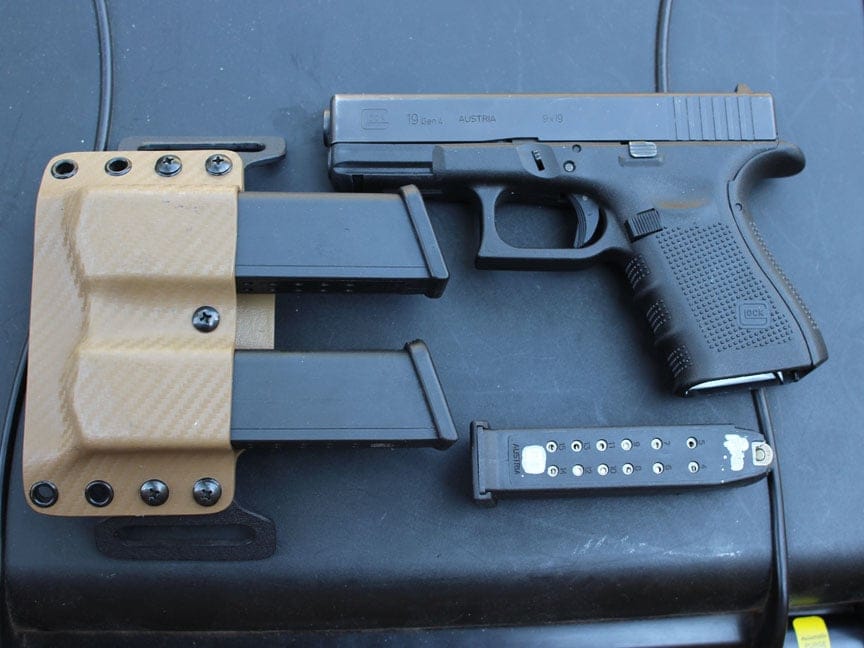
Now, though, let’s throw another wrench in the system.
We’ve hinted at how similar all of these designs are. Those similarities produce a certain modularity.
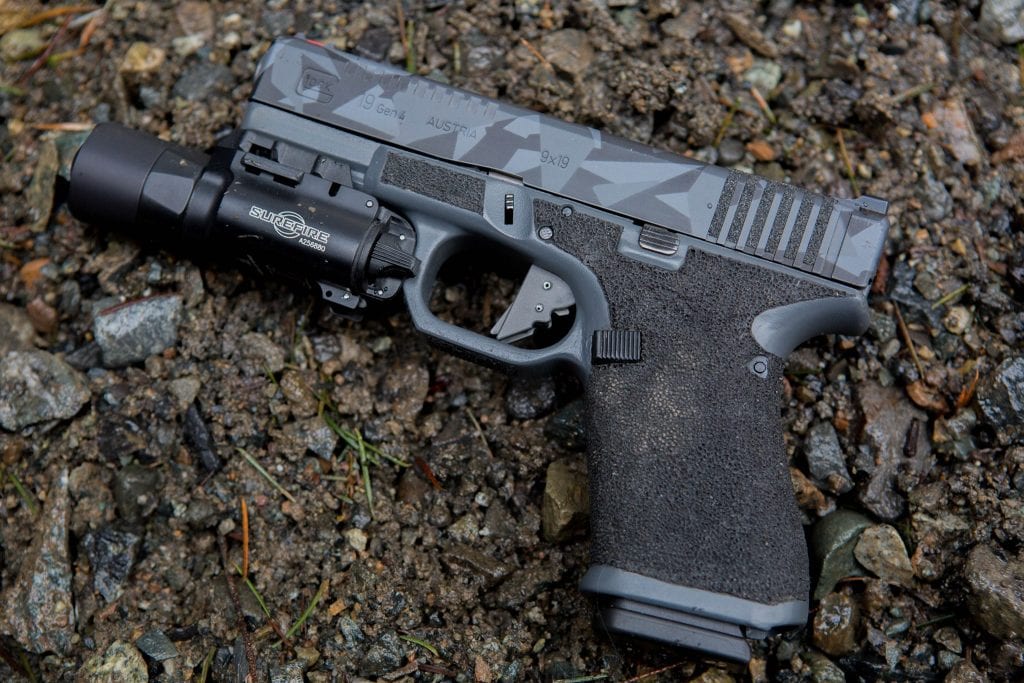

What if you took a G17 frame, physically cut a bit off the front, and added the G19 slide? You’d have the shorter slide and barrel on the larger frame—more grip, more mag capacity. This was a popular modification to skirt some Canadian handgun laws and has now been added to the Glock catalog as both the G19X and the G45 we mentioned above.
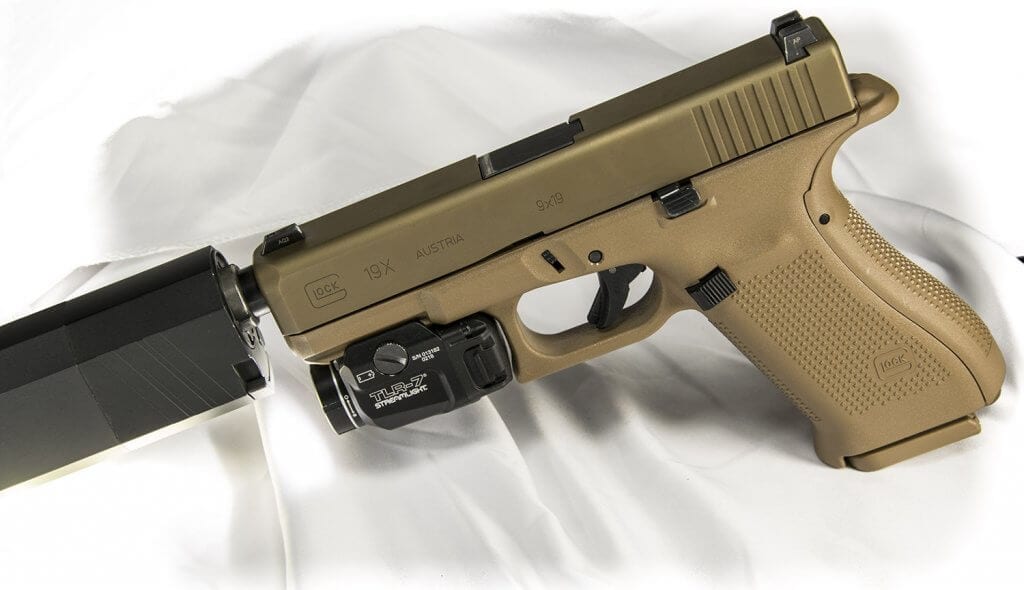

A few years ago, Glock set the concealed carry world alight with news of single-stack variants in both .380 (the G42) and 9mm (the G43). While we’re playing the let’s-compare-Glocks-game, we should put these into the mix. The slide on the G43 is 6.06”. That’s roughly ¾” less than a Glock 19. The single-stack G43’s slide is just .2” inches thinner. And you give up 9 rounds of capacity. I can’t be the only one out there who sees this as an absurd proposition. The single stack variants in 9mm are the G43, 48 (10 rounds), 43X (10 rounds).
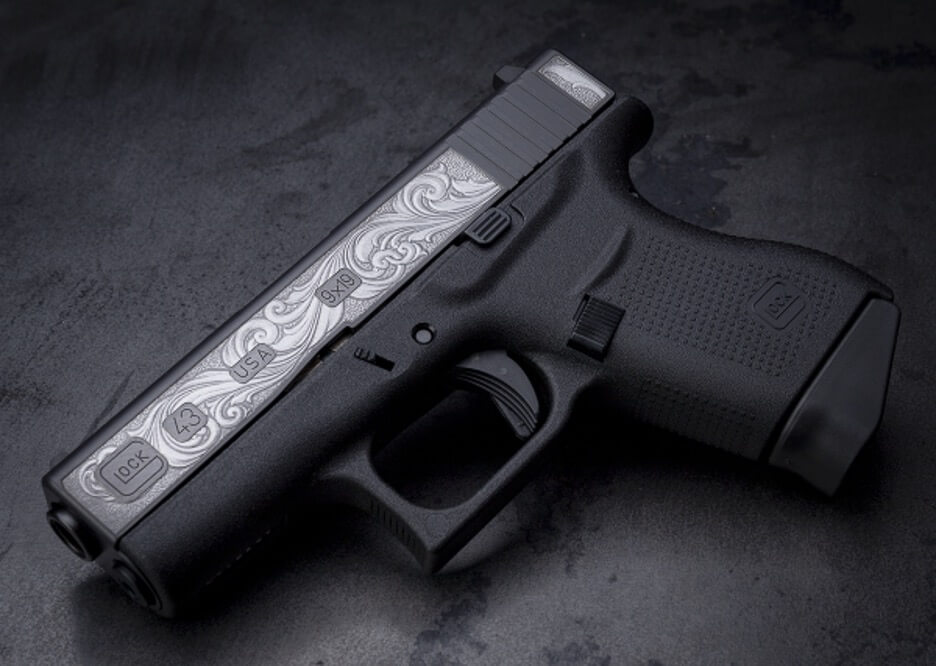
Which Glock is right for you?
In the end, and I’ve given this answer to countless people, I think the way to break down Glock’s catalog is to look at the big picture. Ask yourself these questions:
What caliber do you want to shoot? For me, it’s 9mm. That narrows the field significantly.
How many rounds do you want in the most concealable version of the gun? For me, I think 10 is a minimum. 15 is ideal. And carry a spare mag or two.
How hard will it be for you to conceal a pistol? I’m bigger than I should be, and that makes concealment too easy. If you’re 5’, maybe the marginal advantages of the single-stack Glocks will make all the difference.
No matter where you land, you’ll never regret the decision. I carry a Glock 19 that I’ve put at least 25 thousand rounds through. I’ve never had a failure.


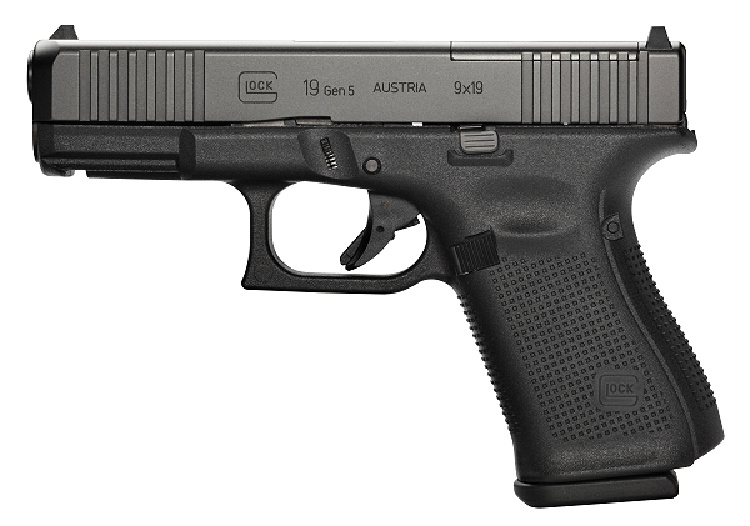

Pingback: Feed Your Glock 17 - The Mag Life - Insights()